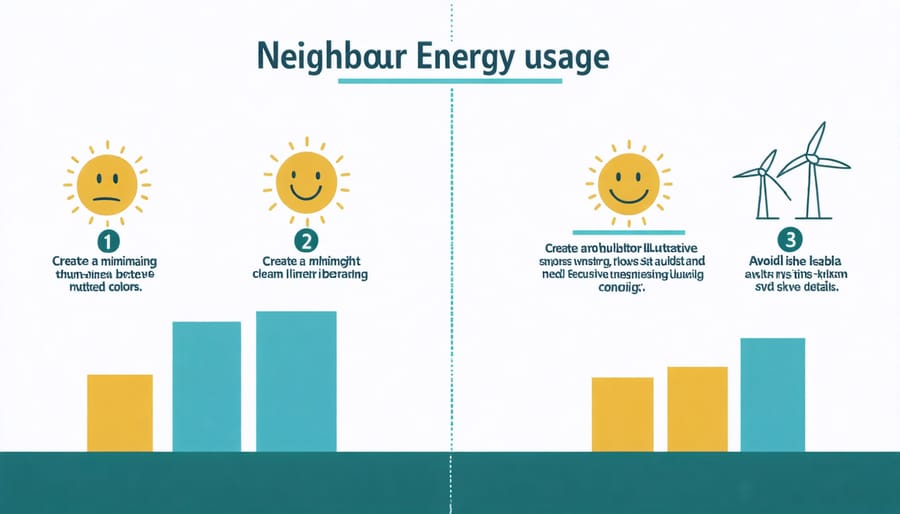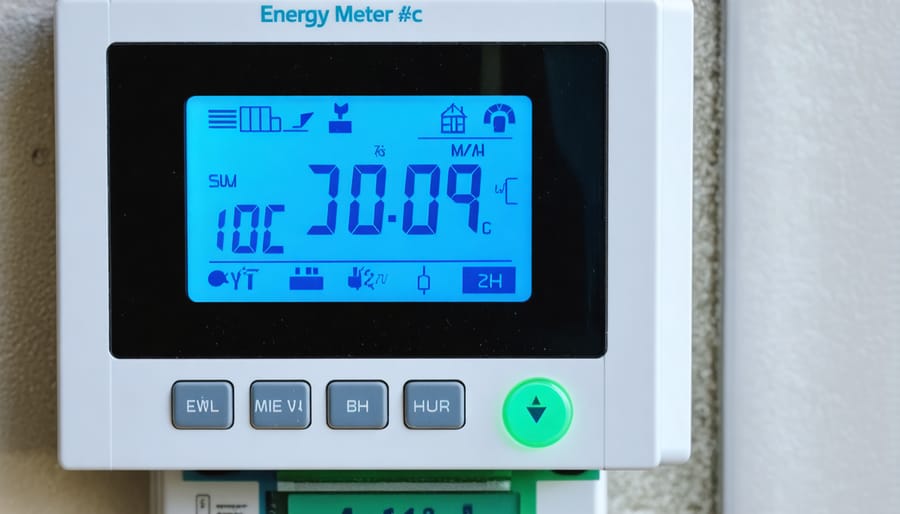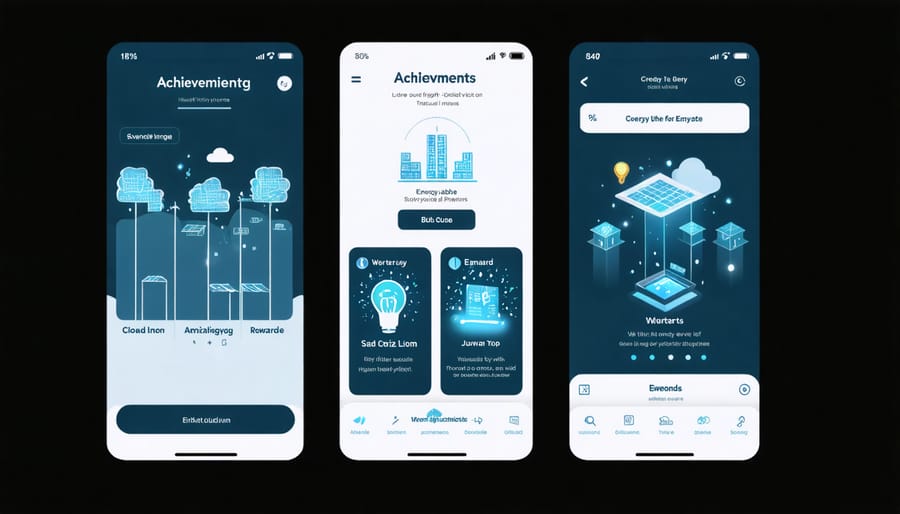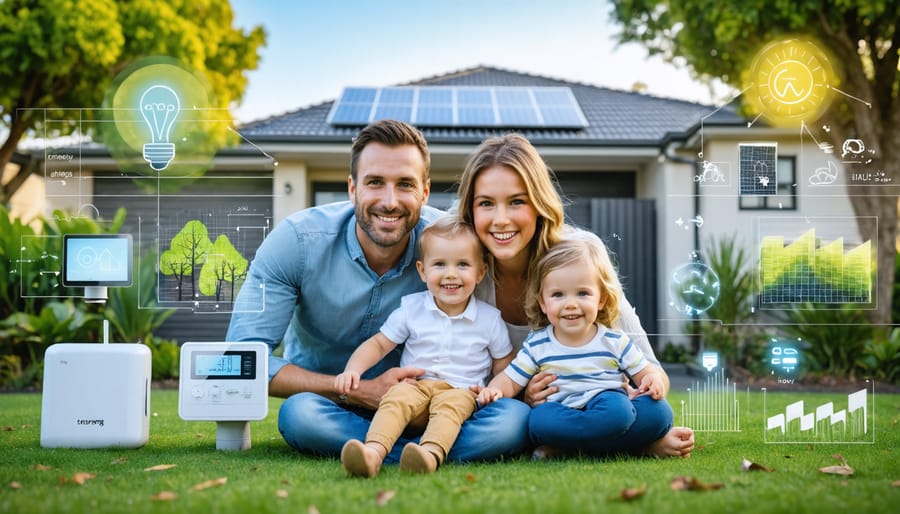Imagine saving $500 on your grocery bill without changing a single product in your cart. That’s the power of behavioral economics at work in our everyday lives. When supermarket giant Woolworths strategically placed their store-brand products at eye level, sales jumped 25% in just three months – not because the products changed, but because our predictable human behaviors did.
Every day, Australians make over 35,000 decisions, yet most aren’t the rational choices we believe them to be. From the ‘Buy Now, Pay Later’ buttons that trigger our present bias to the ‘Limited Time Only’ deals that activate our loss aversion, behavioral economics quietly shapes our choices in ways that challenge traditional economic theory.
This science of decision-making isn’t just academic theory – it’s a practical tool transforming business strategies and public policy across Australia. Whether you’re a business owner looking to boost sales or a consumer wanting to make better choices, understanding these psychological triggers can help you navigate the invisible forces guiding your decisions.
The Psychology Behind Energy Use
Default Settings Matter
Default settings on our appliances and energy plans wield surprising power over our consumption patterns. When energy providers in South Australia pre-set air conditioning units to 24°C instead of 22°C, households showed a marked decrease in energy usage without reporting discomfort. This small two-degree difference led to an average 10% reduction in cooling costs across participating homes.
Similarly, when energy retailers made renewable energy plans the default option for new customers, adoption rates soared compared to when customers had to actively choose green energy. One Melbourne-based provider saw their renewable energy uptake jump from 15% to 68% simply by making it the default choice.
This “nudge” approach demonstrates how thoughtful default settings can guide consumers toward more sustainable choices without limiting their freedom to choose. For building managers and homeowners, reviewing and adjusting default settings on thermostats and timers can lead to significant energy savings while maintaining comfort levels.
Social Proof in Energy Savings
One of the most compelling examples of how social norms influence energy behavior comes from neighborhood comparison reports. In Australia, several energy providers have implemented programs where households receive regular reports comparing their energy usage to similar nearby homes. These reports typically include a smiley face for below-average consumption or a concerned face for above-average use.
The results have been remarkable. Studies show that households receiving these comparative reports reduce their energy consumption by an average of 2-3% annually. In Queensland, a pilot program involving 10,000 homes demonstrated that simply knowing they used more energy than their neighbors motivated 78% of high-consumption households to implement energy-saving measures.
The success lies in our natural desire to conform to social norms and our competitive spirit. When people see they’re using more energy than their neighbors, they’re naturally motivated to improve, creating a positive feedback loop of energy conservation across communities.

Real-World Success Stories

The Perth Smart Meter Project
The Perth Smart Meter Project, launched in 2009, stands as a shining example of how real-time energy feedback can influence consumer behavior. The initiative equipped 3,500 Perth households with smart meters that displayed instant energy consumption data and costs. Participants could track their usage through a user-friendly dashboard, receiving immediate feedback on their energy-consuming activities.
The results were remarkable: households reduced their energy consumption by an average of 15% within the first year. The most significant changes occurred during peak usage periods, with some families cutting their consumption by up to 30% during these times. The project demonstrated that when consumers can see their energy use in real-time, they naturally modify their behavior to become more efficient.
What made the project particularly successful was its emphasis on simple, actionable feedback. Rather than overwhelming users with complex data, the smart meters used color-coded displays and simple graphics to show whether current usage was low, moderate, or high. This intuitive approach helped families make immediate decisions about their energy use, from turning off unnecessary lights to adjusting air conditioning settings.
Brisbane’s Peak Hour Challenge
In 2018, Brisbane launched an innovative approach to tackle its peak-hour energy consumption through the gamification of energy savings. The initiative, dubbed “Power Down Brisbane,” transformed energy conservation into an engaging community challenge. Participants earned points for reducing their electricity usage during peak hours (4 PM to 8 PM) and competed with neighboring suburbs for monthly rewards.
The results were remarkable. Within six months, participating households reduced their peak-hour energy consumption by an average of 22.5%. The program’s success stemmed from three key behavioral economics principles: social proof (showing real-time community participation), loss aversion (points could be lost for excessive usage), and immediate rewards (weekly recognition for top performers).
What made this challenge particularly effective was its timing-based approach. Rather than asking for constant reduction, it focused on specific high-demand periods, making the goal more achievable for participants. The program has since become a model for other Australian cities, demonstrating how clever behavioral interventions can create lasting change in energy consumption patterns.
Practical Tips for Energy-Smart Behavior
Setting Up Smart Defaults
Setting smart defaults in energy consumption has proven to be a powerful way to promote sustainable behavior without requiring constant decision-making. Take the example of Energy Australia’s Smart Saver program, which automatically adjusts air conditioning settings during peak hours. Households that opt into this program save an average of 15% on their cooling costs while reducing grid strain during critical periods.
The key to successful default settings lies in making the environmentally friendly choice the easiest one. For instance, many Australian office buildings now feature motion-sensor lighting systems that automatically switch off when spaces are unoccupied. This simple default has reduced energy waste by up to 30% in commercial spaces across major cities like Sydney and Melbourne.
Smart meters with pre-programmed energy-saving modes are another excellent example. These devices default to eco-friendly settings during peak usage times, but still allow users to override them when needed. The City of Brisbane implemented this system in government buildings, resulting in a 20% reduction in energy consumption within the first year.
To implement effective defaults in your own space, consider:
– Programming thermostats to energy-efficient temperatures
– Setting computers to sleep mode after short periods of inactivity
– Installing smart power strips that automatically cut power to idle devices
– Using timer-controlled outdoor lighting
Remember, the best defaults are those that work quietly in the background while still giving users the flexibility to make changes when necessary.

Creating Positive Feedback Loops
Creating sustainable behavioral change requires more than just one-time interventions – it needs well-designed feedback systems that reinforce positive actions. Smart meters and energy monitoring apps have revolutionized how Australians track their energy usage, providing real-time data that makes consumption patterns visible and actionable.
The key to success lies in implementing effective energy-saving rewards that resonate with users. For instance, the Victorian Energy Saver program successfully uses gamification elements, where households earn points for reducing peak-hour consumption. These points can be redeemed for green products or bill credits, creating a virtuous cycle of sustainable behavior.
Another powerful technique is social comparison. Energy providers across Australia now include neighborhood comparison data in bills, tapping into our natural competitive spirit. When combined with positive reinforcement messages like “Great job! You’re among the top 20% of energy savers in your area,” this approach has shown remarkable results in maintaining long-term engagement.
Digital platforms also enable the formation of community challenges and environmental action groups. The “Power Down Challenge” in Brisbane demonstrated how collective goal-setting and celebration of shared achievements can transform individual actions into community-wide movements. Regular progress updates and milestone celebrations help maintain momentum and create lasting change in energy consumption patterns.
Behavioral economics offers powerful insights into how we can shape better energy consumption habits and create lasting change in our communities. Through understanding the psychological factors that influence our decisions, we can design more effective programs and initiatives that truly resonate with people.
The examples we’ve explored demonstrate that simple nudges, social proof, and well-designed default options can significantly impact how Australians engage with energy consumption. From smart meter programs in Victoria to community solar initiatives in South Australia, we’ve seen how behavioral principles can transform theoretical concepts into practical results.
The key is to remember that lasting change doesn’t always require massive infrastructure overhauls or complex policy reforms. Sometimes, the most effective solutions come from understanding and working with human nature rather than against it.
As we move forward, let’s embrace these behavioral insights to create more sustainable energy practices. Whether you’re a policymaker, business leader, or concerned citizen, you can start implementing these principles today. Small changes in how we present choices and information can lead to significant shifts in behavior, ultimately contributing to a more sustainable future for Australia.

